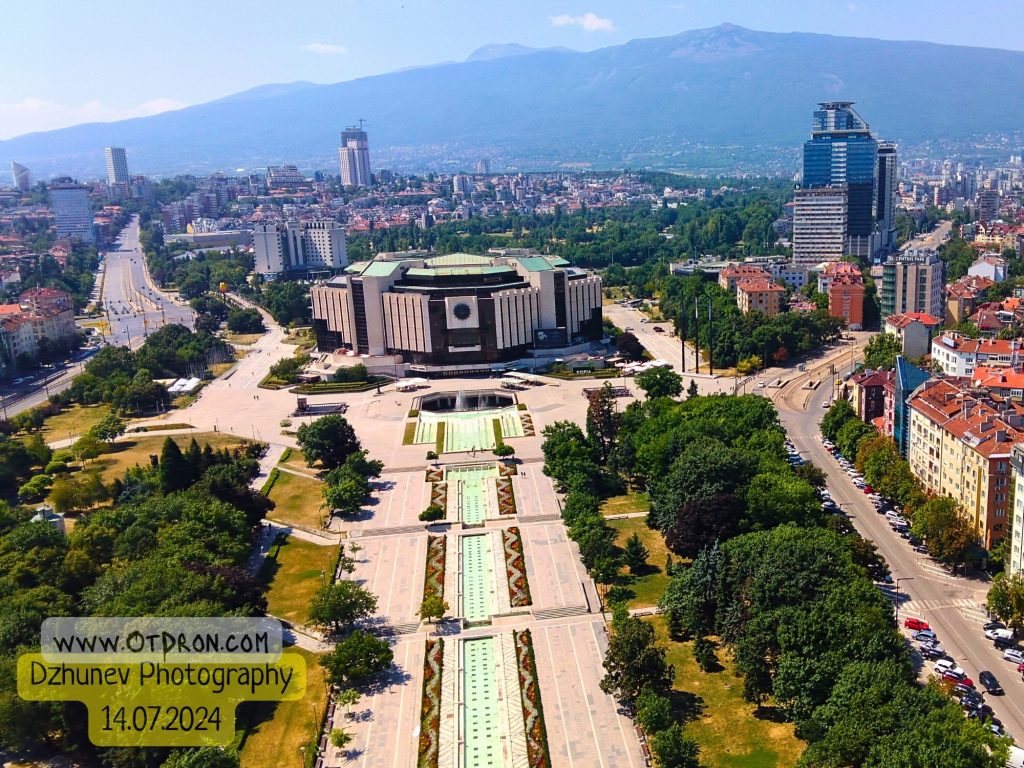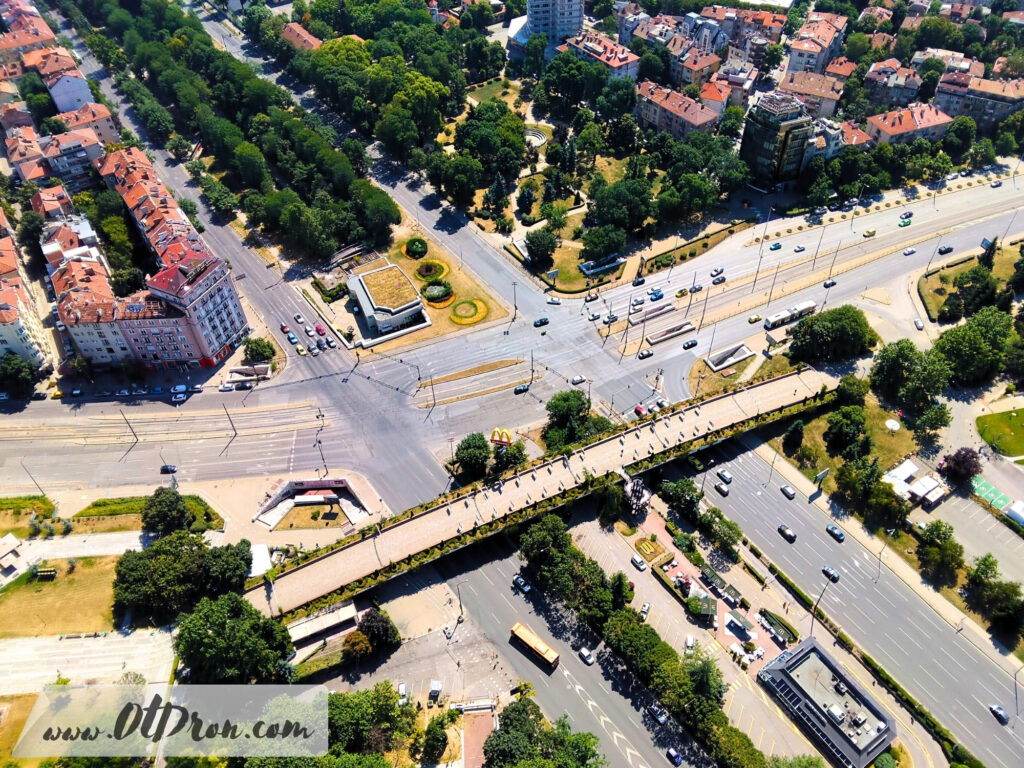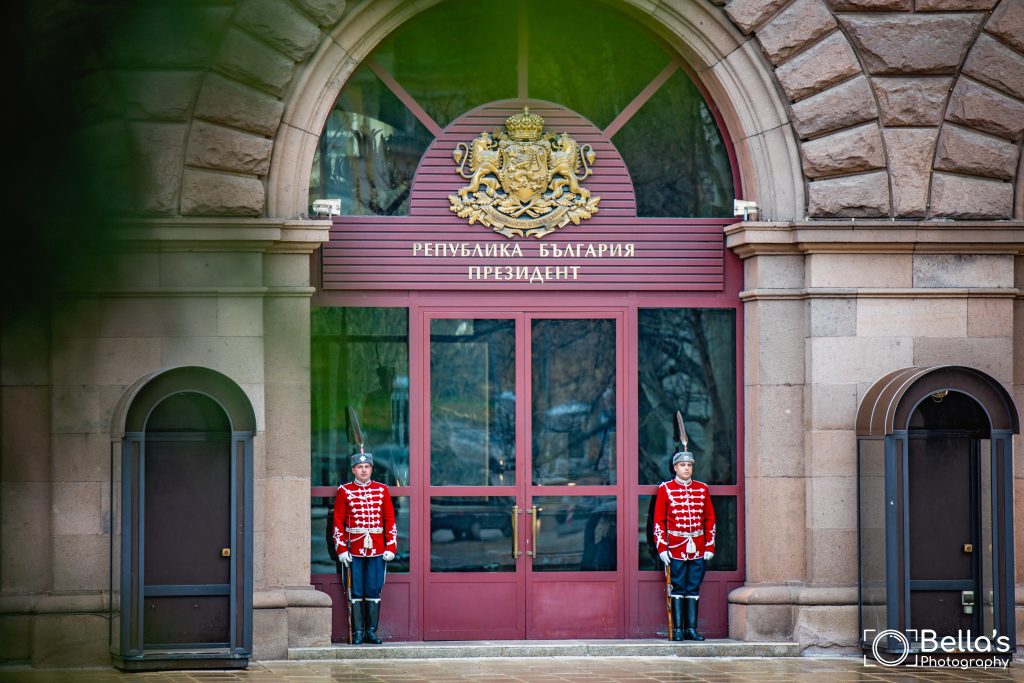Sofia is the capital of Bulgaria, nestled under the tall peak of Mount Vitosha. While the mountain is the first thing you will notice upon arrival, Sofia offers much more than just a view. The city boasts a rich history, friendly people, affordable drinks, and delicious food.
Sofia, like a true woman, prefers to keep her real age a secret. Its coat of arms reads: „She grows, but does not age.“ It is indeed hard to determine the exact age of Bulgaria’s capital. However, upon closer inspection, it becomes clear. The past millennia peek through the windows of churches and wink with surviving mosaics on the floors. Sofia is multifaceted and diverse; it can enchant and impress. Strolling through its streets, time slows down, and it feels as if you’re transported to bygone eras. Sofia has seen much and is always ready to share its knowledge.
Unique church architecture, picturesque nature, and healing waters – Bulgaria’s capital knows how to attract and surprise tourists. It’s worth seeing the oldest building in the city – the Rotunda Church of St. George, the legendary St. Sofia Church, the Church of St. Nicholas, the Banya Bashi Mosque, admiring the magnificent fountains, and visiting the healing springs.

Population of Sofia
The majority of the capital’s population (over 96%) are ethnic Bulgarians. The second largest group is the Turks. Another significant nationality in Sofia is the Roma, and some areas, due to the abundance of settlements, are even referred to as Roma ghettos.
A Brief History of Sofia
Serdica was the name of a small Roman settlement in the 1st century AD. This marks the beginning of modern Sofia’s history. By the 4th century, the city became the administrative center of the Roman province of Thrace. It was the residence of the imperial court, and Emperor Constantine the Great governed his empire from there. He loved Serdica so much that he even planned to make it his capital, Nova Roma. In the 4th and 5th centuries, the city survived invasions by barbarian tribes. First, it was destroyed by the Goths, and then by the Huns, but it was rebuilt under Emperor Justinian the Great. In 809, the city became part of the Bulgarian Kingdom, known as Serdica, and in 1382, the Ottomans captured it. It became part of the Ottoman Empire and remained under its control for nearly 500 years. However, the Bulgarians managed to preserve their national and cultural identity. In the second half of the 19th century, a liberation movement broke out in Sofia, but it wasn’t until after the Russo-Turkish War that it became the capital of the reborn state of Bulgaria.
Another challenge for Sofia was World War II, during which many historical monuments were destroyed in the bombings. In the post-war years, industry and transportation developed rapidly in the city. In 1998, the first five metro stations opened (by 2018, there were already 35). Airports and railway stations were built, and in 2004, the largest bus station in Bulgaria was inaugurated. Today, Sofia is a modern capital and a major tourist center in Bulgaria, where guests are always welcome.

Sofia and Its Attractions
Sofia is a city with a long history and rich culture, making it an attractive destination for tourists from around the world. Here are some of the most popular sights and activities you can visit and enjoy in Sofia:
- National Museum of Bulgarian History – the museum presents Bulgaria’s rich history, from ancient times to the present day.
- National Art Museum – here you can see exceptional works by Bulgarian and international artists.
- Archaeological Museum – the museum houses many rare artifacts from various periods of Bulgarian history.
- Alexander Nevsky Cathedral – one of the largest Orthodox cathedrals in the world, it is exceptionally impressive.
- Central Mineral Baths – famous for its warm mineral springs, this is a perfect place for relaxation and recovery.
- Borisova Gradina Park – the largest park in Sofia, offering plenty of opportunities for walks, sports, and leisure.
These are just a few of the many wonderful places you can visit in Sofia.






